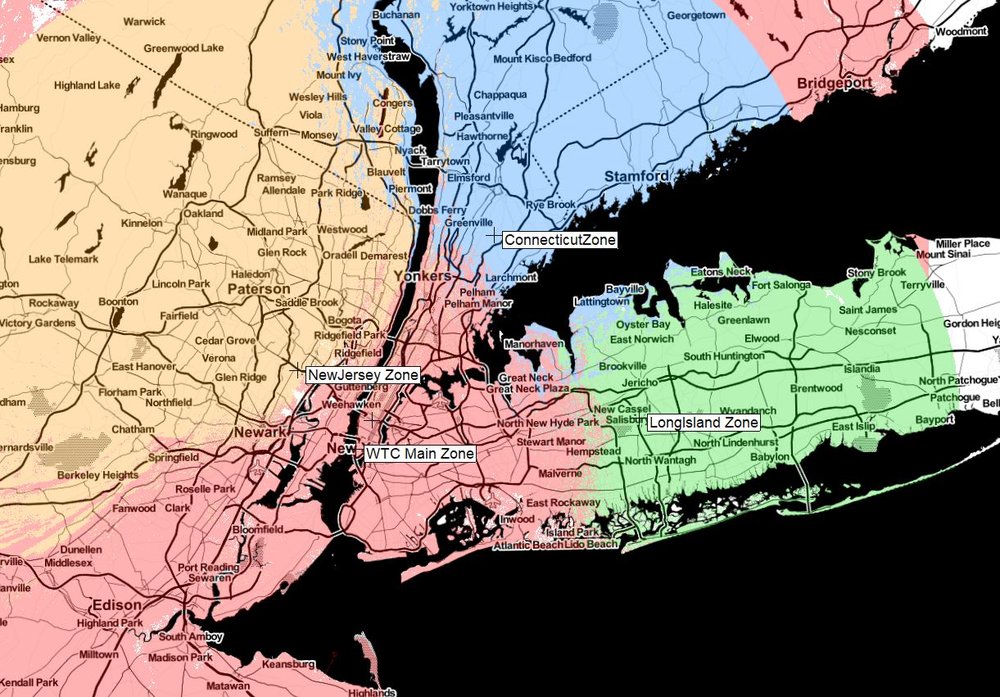
Local radio stations do not have the authorization to provide zoned coverage areas inside their overall FCC authorized signal contours. What would happen if this changed? The results could be quite remarkable, as shown by a recent study BIA performed for Geo Broadcast Solutions and submitted to the FCC as part of an initiative to allow radio stations to offer this zoned broadcast service.
First, let’s look at the current situation. Local radio stations cannot sell an over-the-air zone area ad product and are in danger of becoming the only local electronic media channel without the ability to target consumers geographically. Once local TV stations adopt ATSC 3.0, local radio will be the last major local media channel that cannot sell zoned advertising, which will impact its ability to compete with all other Ad platforms, including online, mobile, MVPDs, newspapers and direct mail.
Zoned broadcast coverage areas for local radio stations would help create:
- Coverage areas for geographic zones inside markets crossing state or city center boundaries.
- Zoned radio broadcasting provide access for smaller advertisers currently priced out of radio.
- New revenue opportunities for local radio broadcasters desperately seeking growth.
- New programming and service models for audiences.
- Spanish and other language programming
- Additional geotargeted services (e.g., for public safety, alerts and warnings, PSAs, weather, traffic.)
The return on investment for zoned radio broadcasting improves when broadcasters collaborate in markets to co-locate shared facilities where such services show the greatest promise. This would include the top 25 markets that are quite large and might be ripe for zone advertising in different regions of the market. It also includes local radio stations in 38 radio markets that cross state lines and 64 other radio markets that serve multiple CBSAs within their market geographies.
Here’s an example to consider. In the Geo Broadcast Solutions example shown here, a New York radio station might set up a main zone on the World Trade Center and have geozones for New Jersey, Connecticut and Long Island. Based on several scenarios modeled in our study, the ability for local radio stations in key markets to offer zoned advertising could lead to between $180 million and $750 million in incremental annual revenue for these stations by attracting new advertisers.
To gauge the potential revenue impact, we constructed a model using BIA radio market level revenue estimates. We modeled the markets in which the radio markets include multiple states, as well as multiple CBSAs. Additionally, we modeled the other top 25 ranked radio markets not included in that other group as those markets are quite large and thus might be ripe for zone advertising in different regions of the market.
The table below highlights the results of the model scenarios we investigated.
As important as radio stations are to their local markets, they are often challenged to serve diverse geographic communities of interest inside their main coverage zone with those signals crossing state lines, major city centers, suburban communities and other socioeconomic centers. Since other media can provide geotargeted or geofenced zoned services, radio stations are at a disadvantage in serving audiences and advertisers. It is clear that the ability to zone cast could help the local radio station segment more successfully and, in the process, address competitive challenges.
Our full study is available here.
This Post Has One Comment
Leave a Reply
You must be logged in to post a comment.


This is INCREDIBLE! Although I’m sure there is a specific mind or a few that do deserve credit for coming up with this and that is the point. Radio survives and thrives on the innovation of those that work for her. Ihope this is implemented and fast.